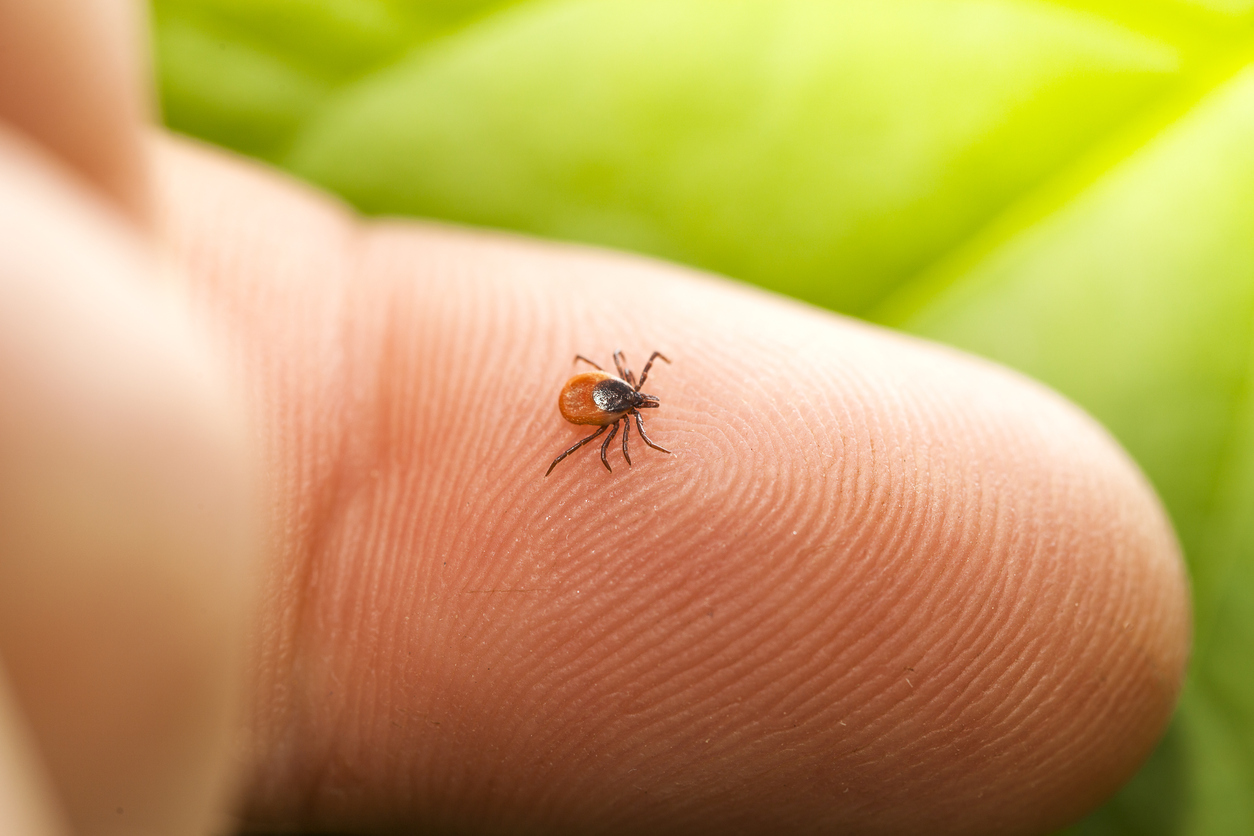Invasive Tick Found In New York: What Does It Mean and How To Protect Yourself
The longhorn tick, commonly known as the Asian tick because it is native in Central and East Asia and the Pacific Islands, has now found a home in the United States. This is the first known invasive tick in the U.S in fifty years.
The longhorn tick is best known for transmitting an animal disease to cattle which can cause considerable blood loss to animals and occasionally death. It contributes to decreased milk production and decreased wool quality and quantity.
Found primarily on the east coast as of late, these longhorn ticks can multiply rapidly through e sexual or asexual processes. Thus, the female can reproduce even if no male ticks are present.
While the longhorn tick is primarily an animal pest, there have been cases outside of the United States where humans have been infected.
Agents of the following human diseases have been detected in longhorn ticks:
- Lyme
- Spotted fever group rickettsiae
- Ehrlichiosis
- Anaplasmosis
- Severe Fever with Thrombocytopenia Syndrome (SFTS)
The major symptoms of SFTS include fever, vomiting, multiple organ failure, low white blood cell count, and diarrhea. The overall fatality rate is around 15% but can increase up to 50% in people over 60 years old.
People should use the same precautions that they do against domestic ticks when outdoors. Use EPA approved insect repellents and clothing that limits the amount of skin exposed. Always check your skin for ticks after walking through wooded areas or tall grass. Keep your lawn trimmed and remove weeds, particularly around play areas.
When experiencing tick problems inside the home, contact Knockout to eliminate the problem and return your home to safety.



